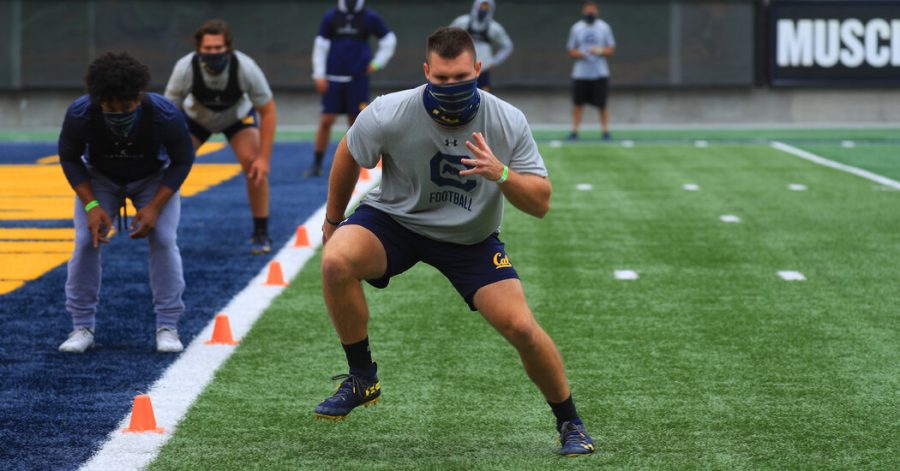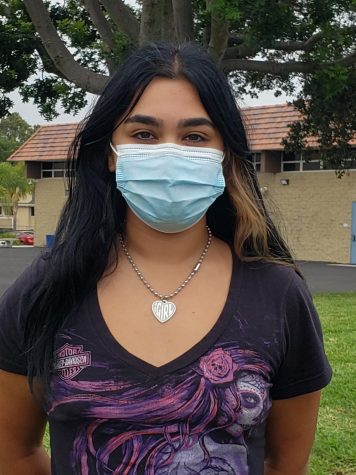A year of COVID-19: College Sports
February 17, 2021
This year, the Coronavirus outbreak has created a wave of disruption in American sports. From professional sports to high athletics, all forms of sports competitions have been stopped to stop the rise of Coronavirus cases. Last March, as the first wave of the pandemic hit North America, America witnessed the effects of Coronavirus in sports when college basketball and other winter season sports were brought to a halt in the middle of their respective seasons. As infections are on the rise again, all Ivy League universities have announced that they will cancel all winter sports for this season, bringing to the thought that there might not be a winter sports season for the second year in a row.
Early in November, the Ivy League canceled their winter sports season for the 2020-21 school year. This includes basketball, gymnastics, swimming and diving, indoor track and field, ice hockey, and wrestling. The decision to cancel the season was somewhat expected since the league had already canceled all non-conference games. The Ivy League Council of Presidents unanimously made these decisions as coronavirus cases in the country are rising to record-breaking levels.
“This is definitely not a decision we want to make, but I know it’s the right decision for the Ivy League,” Robin Harris, the conference’s executive director, told ESPN.
In March, the Ivy League schools were among the first to cancel their winter season due to the pandemic. This had a domino effect, with many other schools canceling their winter season midway and eventually bringing an end to college winter sports. Among the sports affected was men’s and women’s basketball. The Ivy Leagues were also the first to announce that the fall sports season wouldn’t be held. Shortly after, other universities across the country announced the closure of their fall sports season as well. Early November, the Ivies became the first to cancel winter sports, including men’s and women’s basketball, but the rest of the country’s colleges and universities chose not to follow their lead.
“This decision is about what’s right and responsible for the Ivy League based on current trends and our campus policies, and our president’s prioritization of the health and safety of student-athletes, coaches and the greater campus communities,” Harris told the New York Times. “Others are going to have to make the best decisions for their schools and conferences.”
As of early December, most universities are expected to start their winter season in accordance with the CDC guidelines. However many of these schools are being questioned and critiqued by fans and spectators about their ability to keep student-athletes safe. Many are wondering how these schools are going to fund themselves to obtain resources for regular testing and social distancing. According to ESPN, officials at Saint Mary’s of the West Coast Conference said they expect to spend upwards of $400,000 this season on testing for athletes. Securing funds for students’ safety might be impossible for most schools if fan attendance is prohibited since a major revenue source for college sports is ticket sales. The Ivy League schools have the financial means to withstand an abnormal season and adhere to CDC guidelines. However, their decision shows that the risks aren’t worth starting the winter season. Other schools might follow their lead and cancel their season because of financial hardships.
“I think every league in the have-not’s group is thinking twice about moving forward now that the Ivy League has made its announcement,” said ESPN sports reporter Myron Medcalf in an interview.
As Coronavirus infections continue to rise, concern within the basketball community grows. According to ESPN, it’s not likely for a full season of 27 or 28 games to be played. Postponements and cancellations of games are expected to become common in college basketball as the country endures record rates of positive COVID cases. Basketball is especially vulnerable to widespread infections since all players practice together making spreading the virus easier. Other sports, such as hockey and football, can hold practice while keeping players of different positions separate.
Following the Ivy League announcements, many fans are asking the National Collegiate Athletic Association (NCAA) to postpone the season until the spread of the Coronavirus has slowed. Others are calling for a complete stop of the winter sports season for the sake of the athletes’ health. The NCAA’s main motivator to continue with the season as planned is the profit they make off of college sports revenue.
“March Madness is a brand the NCAA will fight to sustain,” Medcalf told ESPN. Dan Gavitt, NCAA vice president of basketball operations, said the “preference is to host the event in March and April.”
Some schools and coaches have spoken of playing the upcoming season in an isolated zone, similar to the NBA bubble with practice facilities and dorms on campus. The University of Kentucky, a big endorser of the bubble for men’s college basketball, has the ideal campus to carry out an isolation zone. Still, it’s unlikely that a bubble can play out successfully for college basketball, as most schools don’t have the means of creating a fully isolated zone for their students. Also, since student-athletes also focus on academics, it might be near impossible to keep them completely isolated from the outside world.
Another challenge of creating a bubble is the number of teams that participate in men’s basketball. According to The Power Rank, there are about 350 men’s basketball teams across the country. While there are only 32 NBA teams, only 22 were invited to the Orlando bubble last summer. Considering how many coaches, staff members, and players are in each team, it would be challenging to keep such high numbers of people isolated.
It’s hard to predict what’s going to happen with the 2020-21 college basketball season. Although the Ivy League canceled the winter sports season, the rest of the country has yet to follow despite rising Coronavirus cases throughout the nation.
Image Courtesy of The New York Times





